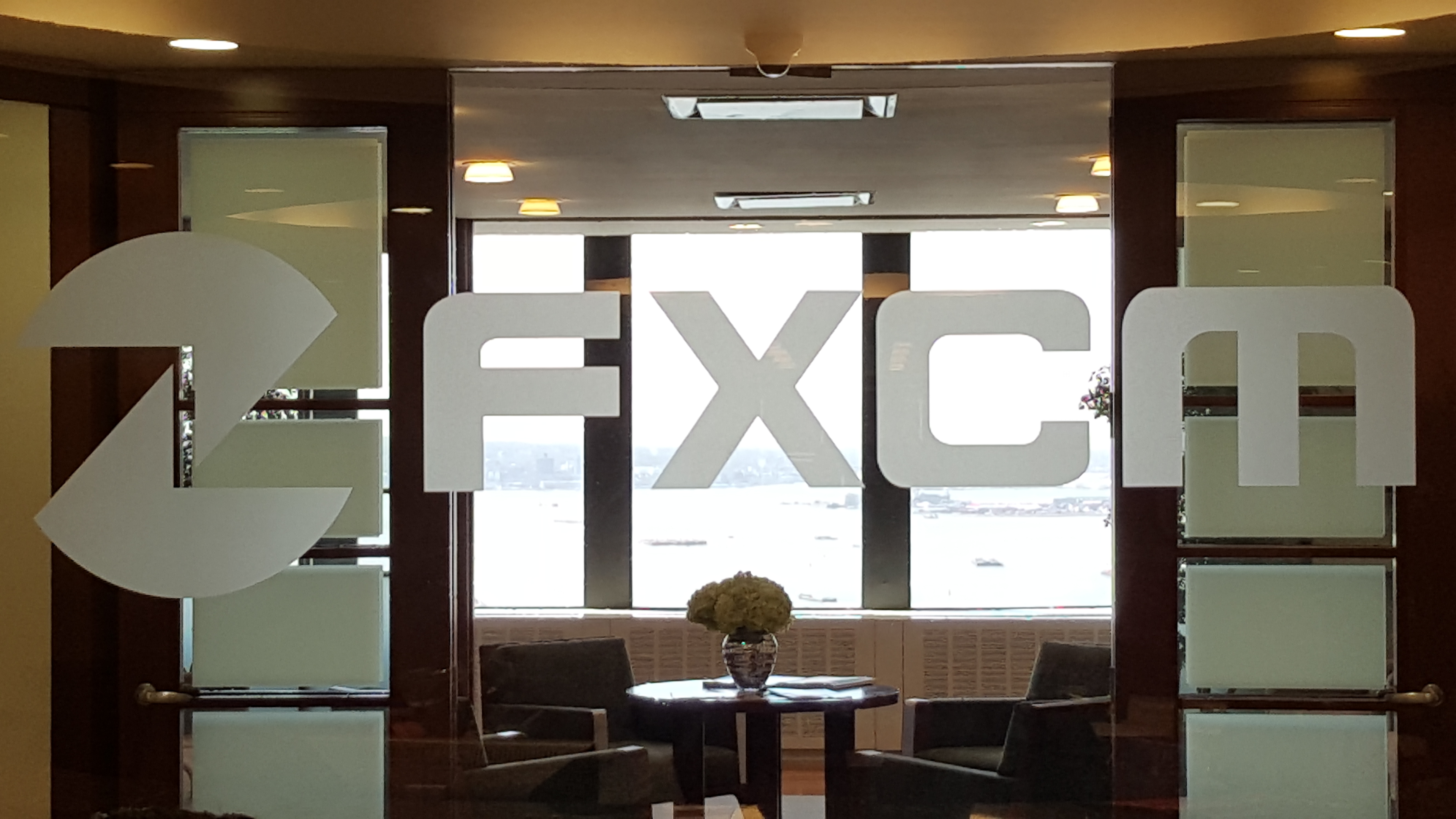
Brendan Callan
As the FX and CFDs brokerage industry is facing one of the most challenging periods in its history, one of the firms that have been there since the early days has undergone a major transformation under new leadership. The CEO of FXCM Group, Brendan Callan has been in the driving seat overseeing the most difficult period of the development of the company. He kindly agreed to be interviewed by Finance Magnates and shared some valuable insights about the state of the market and elaborated on the challenges which FXCM Group has successfully managed to overcome.
FM: With the core market for the FX industry coming under regulatory scrutiny, do you expect any material changes to client behavior post new ESMA/FCA regulations?
BC: There certainly will be changes in client behavior. FXCM has experienced regulatory rule changes in all of our jurisdictions and often the specific intention of the regulator is to change client behavior. FXCM is anticipating some drop in trading volumes from our European clients, but volumes certainly aren’t going to zero. Spot FX and CFD trading still provide advantages over trading futures contracts, and our customers will continue to appreciate those advantages even after the ESMA rules come into effect.
The new rules will hopefully force out the less-regulated and unregulated brokers that have caused this industry disrepute. When only large, reputable and highly regulated firms remain, the addressable market of FX and CFD traders will grow. FXCM will benefit from that growth.
Separately, there seems to be some amount of political charge to the new rules, and political winds change. I hold out hope that at some point in the future the restrictive margin requirements will be rolled back to the more reasonable levels established in other jurisdictions. FXCM fully supports the other rules ESMA has proposed.
FM: EU regulation aside, what should be the main focus of the retail broking industry in 2018 and why?
BC: As cliché as this answer may be, brokers should be focused on their clients. We have a client base of about 110,000, and they are very vocal about what they want from us. FXCM curates that feedback meticulously, and we allocate our resources and development efforts around it. As an example, FXCM is very focused on building and providing tools for traders looking to automate. We’ve recently launched a REST API with a Python Package which makes trade automation much simpler. Customers wanted it, so we delivered. We will soon be launching a new HTML5 platform globally, and we constantly upgrade our mobile platform. Clients have always called for better and better accessibility. We’ve listened.
FM: How did the exit from the US early last year impact FXCM’s business outside of the US?
BC: Exiting the US was unfortunate and quite a significant change for the company, so much so that FXCM is now under new ownership and new management. FXCM suffered some reputational damage, but the company survived. Our clients stood by us and continue to appreciate the service that the hard working people at FXCM provide them. We remain one of the largest firms in this industry and our business outside the US continues to thrive.
We’ve doubled down on our efforts in working with Liquidity providers to bring spreads down and increase the depth of market. Average execution speed is now 17 milliseconds, and only 10.79% of orders experience negative slippage while 25.71% experience positive slippage. We obsess ourselves with these metrics and are constantly working to improve them. These are the results clients should judge their broker by. We publish our execution statistics here. I see very few firms being as transparent with these figures.
FM: Do you see growing demand for the agency model that FXCM had promoted for so many years and how would you say that the market demand is evolving when it comes to STP vs. Market Making?
BC: From our B2B clients and API users we do see the demand growing for STP execution. Because we operated entirely on an STP basis in FX for so many years, our technology is dialed in to process massive numbers of tickets and volume on an agency basis. That competitive technological advantage is one of the reasons we’re catering to algo traders. We know we can support their volumes.
Retail GUI traders just want the best possible experience. They want the fastest and cheapest execution that can be provided. You can save clients money by internally matching orders when possible as it means you don’t have to pay a spread to an external liquidity provider. Most firms in the industry are doing a combination of both principal and agency execution now.
In both cases the larger the firm is by volume, the better experience they can provide. We get better pricing from LPs, and we can more often internally match trades because our volumes are higher. The technology requirements for STP retail trading volumes are not insignificant, and we get a lot of business from our competitors who send their STP flow through FXCM instead of building out that technology themselves.
If a firm is using both execution models their method of pricing is extremely important. The prices that FXCM streams to our clients are the best bid and best offer (BBO) of our independent liquidity providers plus markup or commission. The FXCM price is never “skewed” or “shaded” based on our clients’ positions or the firm’s residual risk. The mid-point is 100% of the time the exact midpoint of the BBO feed. Some firms will show tighter spreads than FXCM but then skew their midpoint. Customers are often unaware that the effective spread they are paying is significantly higher than the spread displayed on their platform. FXCM just launched our effective spread widget to give traders a better measure of trading cost as it captures price improvements.
FM: Institutional business is somewhat of an important diversifier of revenues for the retail brokerage industry as regulation becomes tougher in the retail space. We have seen many companies launch prime of prime. Have you experienced bigger competition in the institutional space and what are the trends in it for 2018?
BC: The first thing I would say in answering this question is that not all prime of prime (PoP) offerings are truly prime of prime. If a broker requires you to trade on their prices, it’s not prime of prime. FXCM Pro has a best in class PoP service that is execution agnostic. You can trade on any of the major ECNs and settle the trades with us. We have pre and post-trade Risk Management in place and charge only a clearing fee.
As far as trends go, we have seen more competition in this space, but it’s mostly from firms pretending to be a PoP service. Another trend worth mentioning is that a lot of the PoP services out there don’t allow clients to carry any NOP as they don’t have room for it in their PB accounts. FXCM Pro is happy to take on HFTs that don’t roll much NOP, and we’re equally happy to take brokers that might have some healthy NOP to carry.
FM: Do you see an increased appetite for FX in the prime broking space on the part of big banks with the rise in interest rates?
BC: The major prime brokers went through a serious culling of their clients 4 or 5 years ago. Since then, they seem to have remained quite selective but have been willing to expand their relationship with existing clients. FXCM has access to multiples of the credit limits we actually use and therefore can pass that benefit on to our PoP clients.
FM: Thanks Brendan, anything else we should know about what’s to come from FXCM.
BC: FXCM is a Leucadia company now, and our membership in the Leucadia family has and will help us better serve our clients. As has been the case for almost 20 years, the amazing team of people at FXCM will continue to put clients first. We aim to constantly improve our execution metrics as well as our platforms and trading tools.
We’re really excited about the REST API launch and have posted a great deal of resources on the Github development platform as well as our own App page and QuantNews. Throughout 2018, we’ll be hosting webinars and seminars in major cities all over the world where we’ll bring in experts on trading automation, and we encourage all your readers to attend. We have a webinar series coming up on Machine Learning for Trading.

















